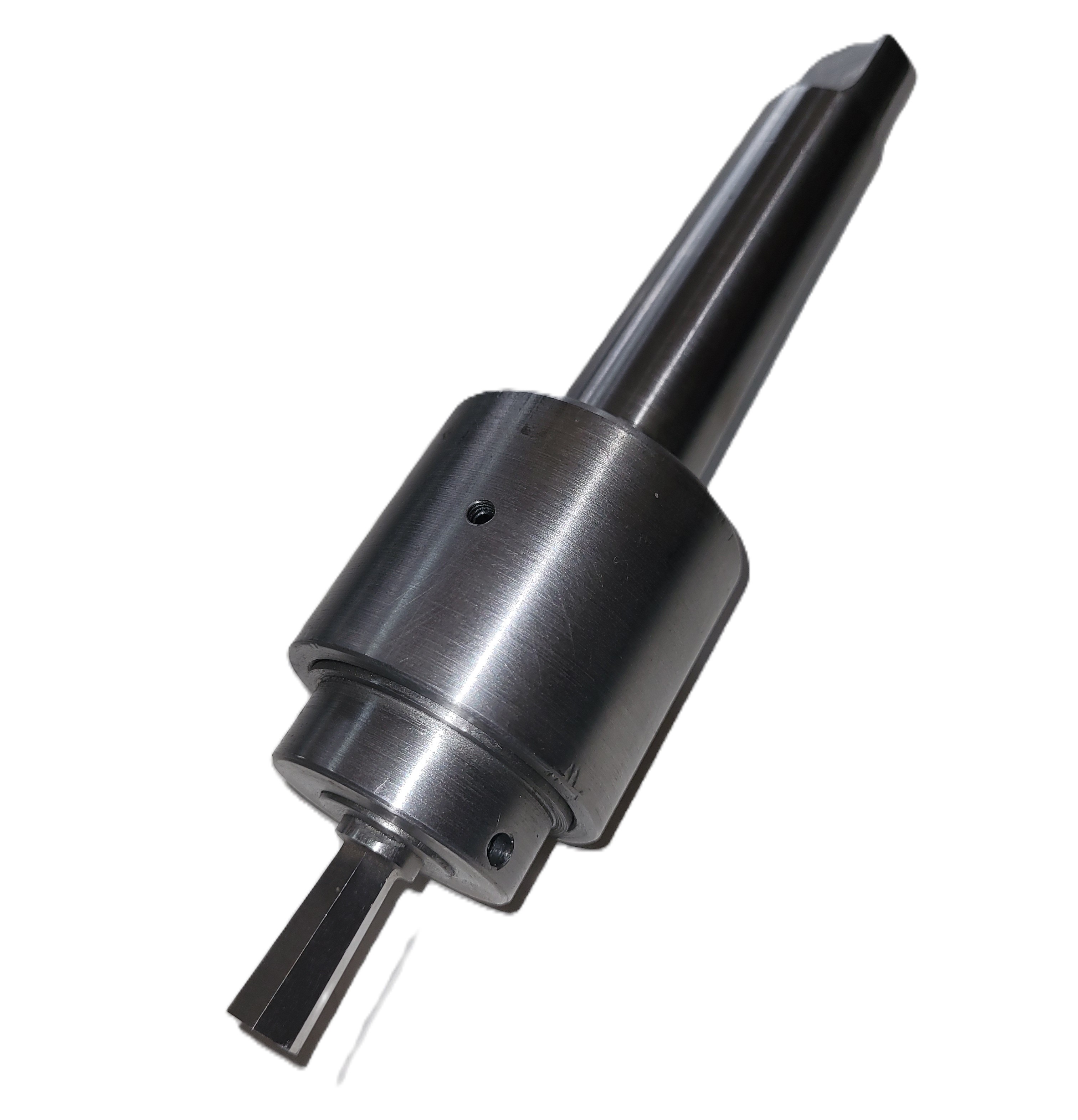


Polygon Broaching - MT 2
Information
When the term “broaching” is used in the manufacturing industry, most think of conventional step broaching which involves pushing or pulling a toothed bar through a part on a press. It is a method that has been around since the beginning of (manufacturing) time. The problem with conventional broaching is that it has application limitations and cost/efficiency drawbacks. For example, conventional broaches can only be used in through-hole applications and must be performed as a secondary operation on a press. Also, costs and manufacturing lead times for conventional step broaches can be exorbitant. A newer manufacturing method called “rotary broaching” addresses these problems and can outperform conventional broaching in these areas.
MRP : 7000/- + (GST 18% Extra)
Offer price : 6000/- + (GST 18% Extra)
Ordering code : PO MT02 0100
Available stock : 10
MOQ : 1 (Nos.)
Delivery days : 7
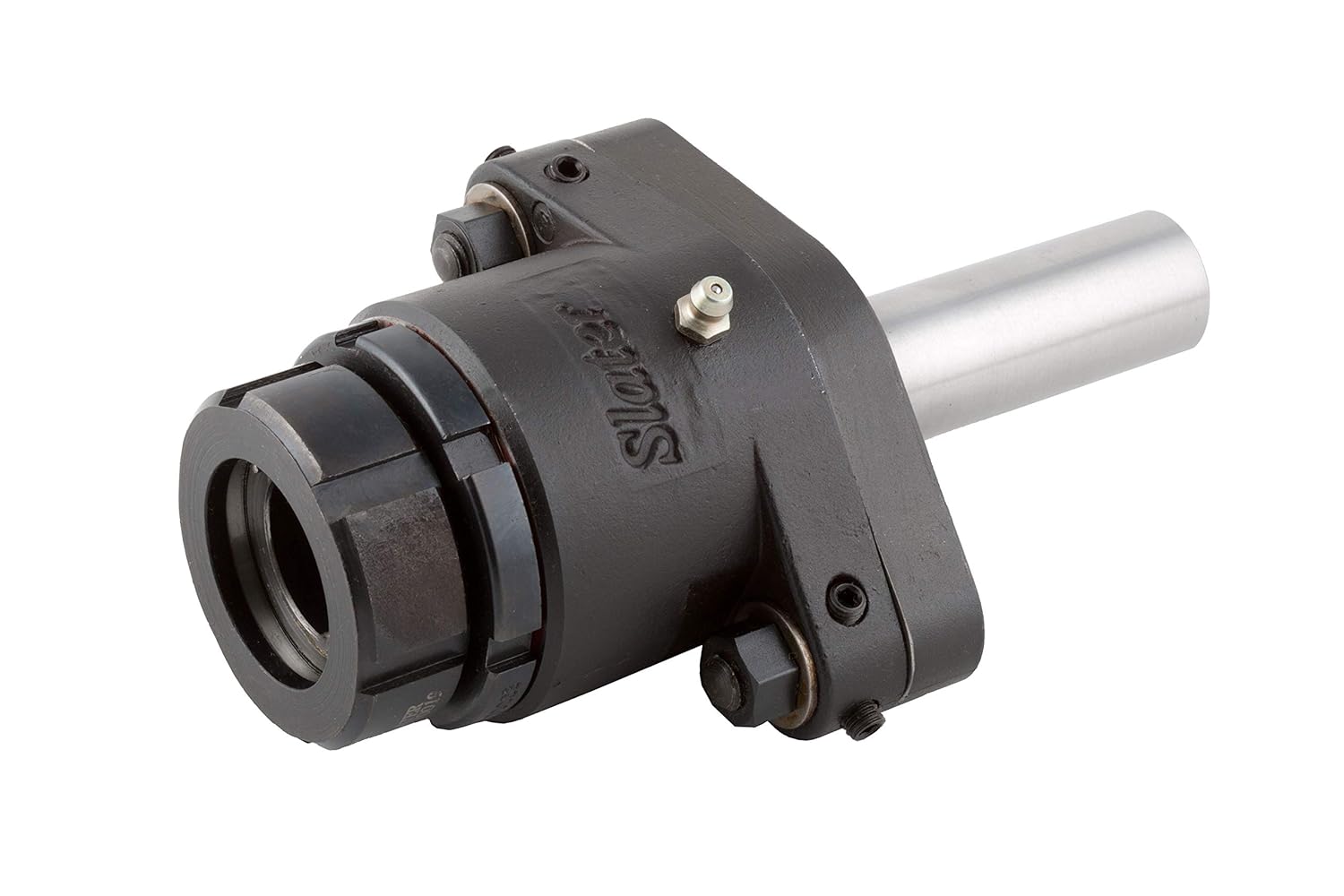
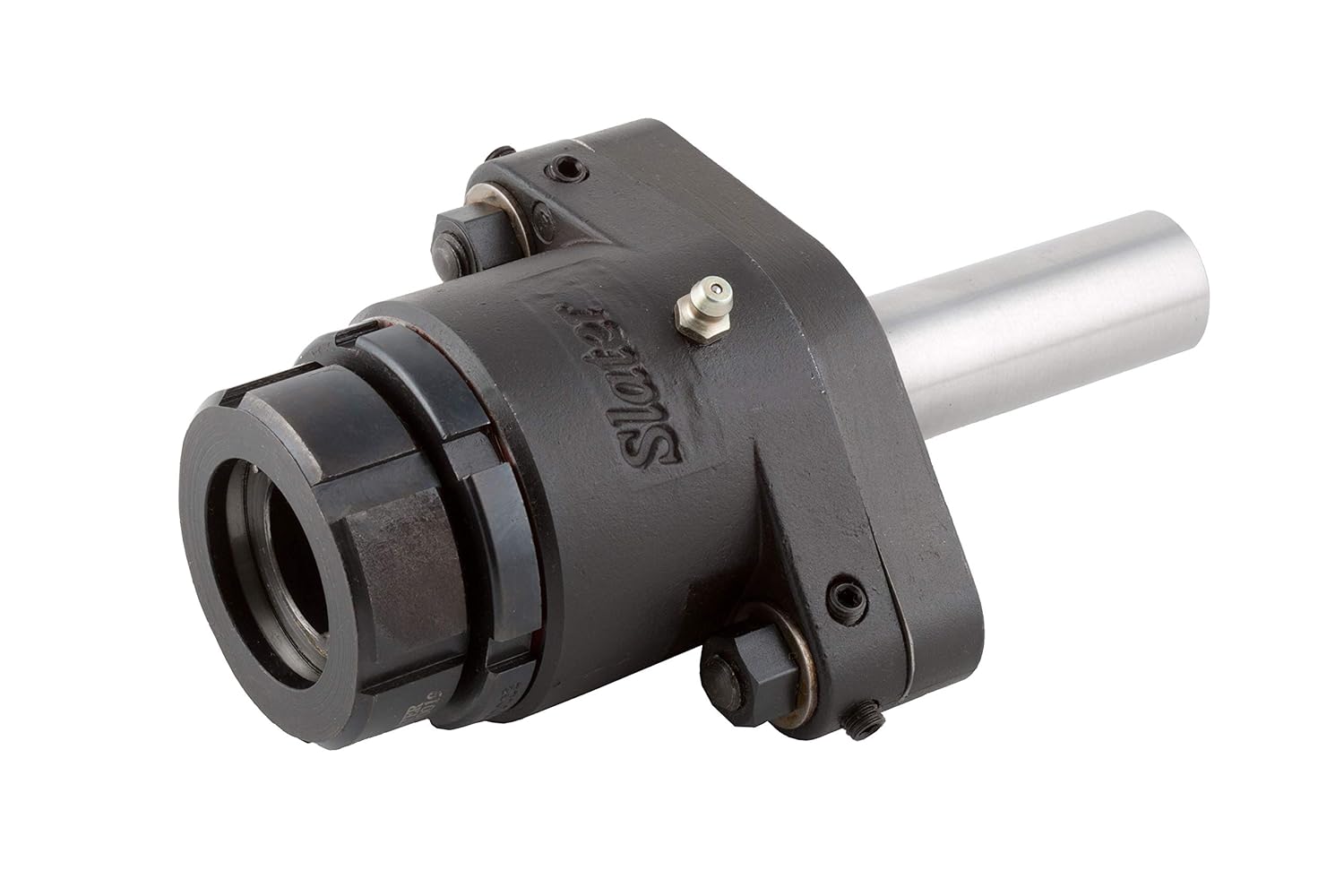

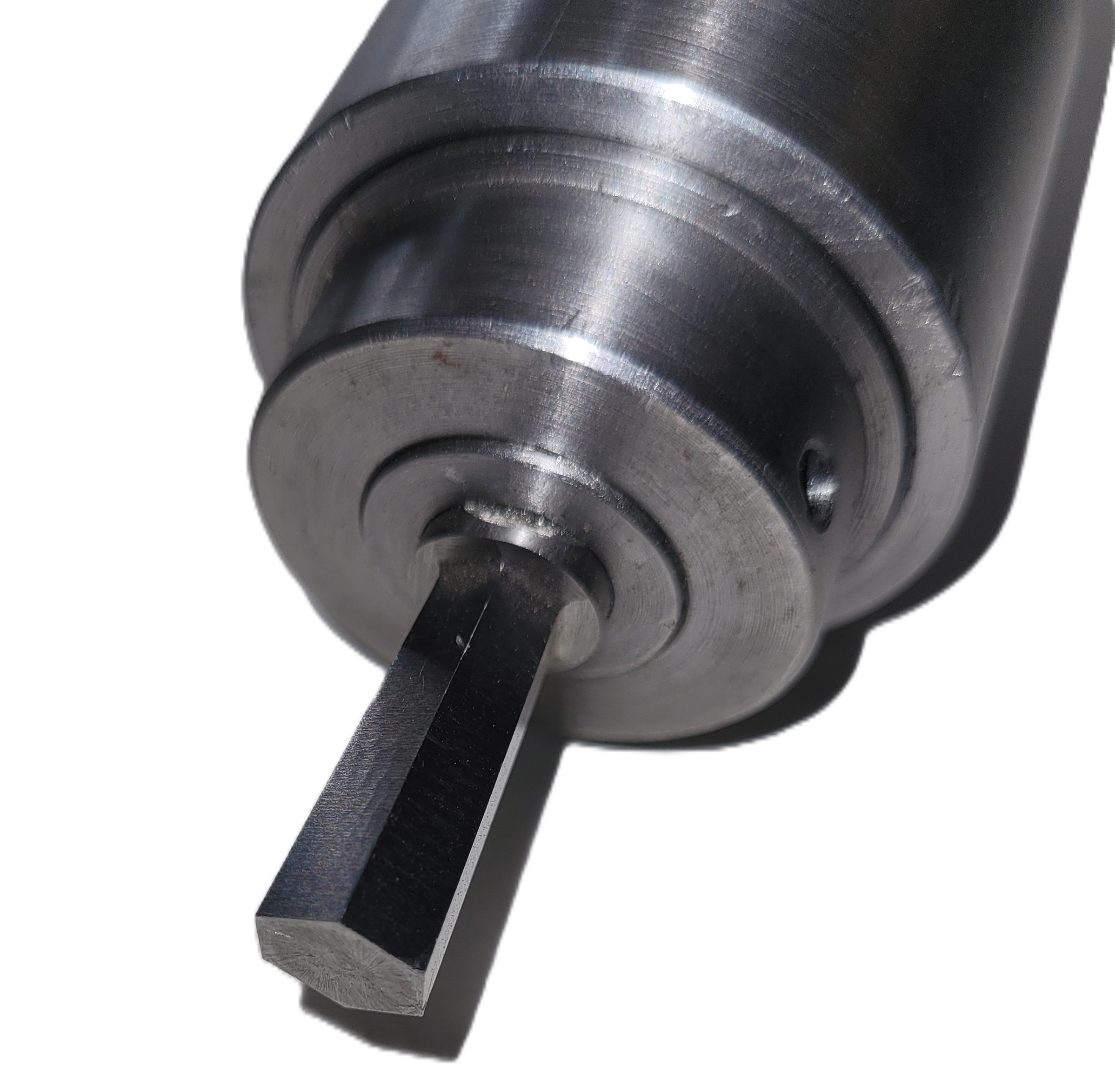
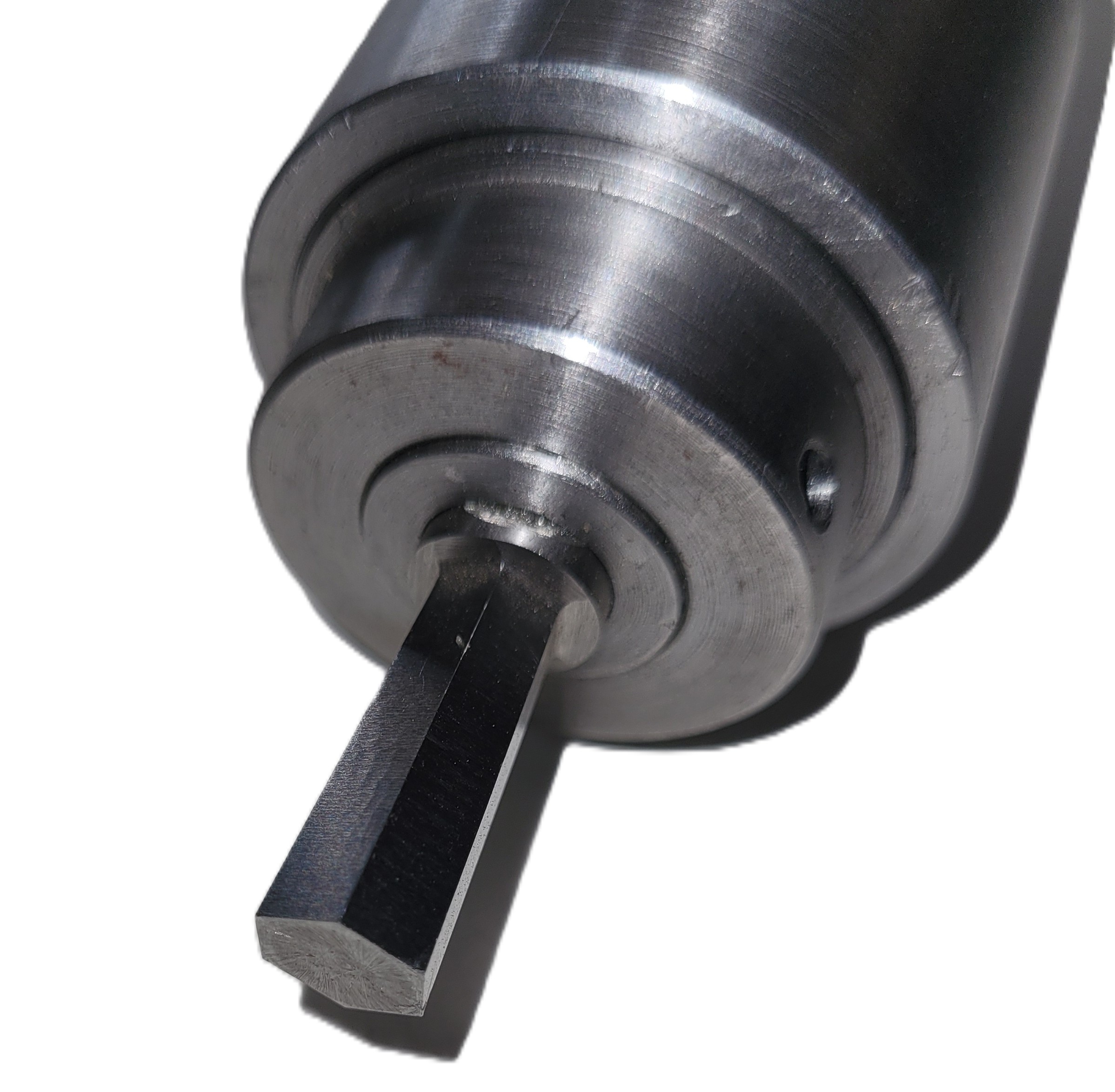

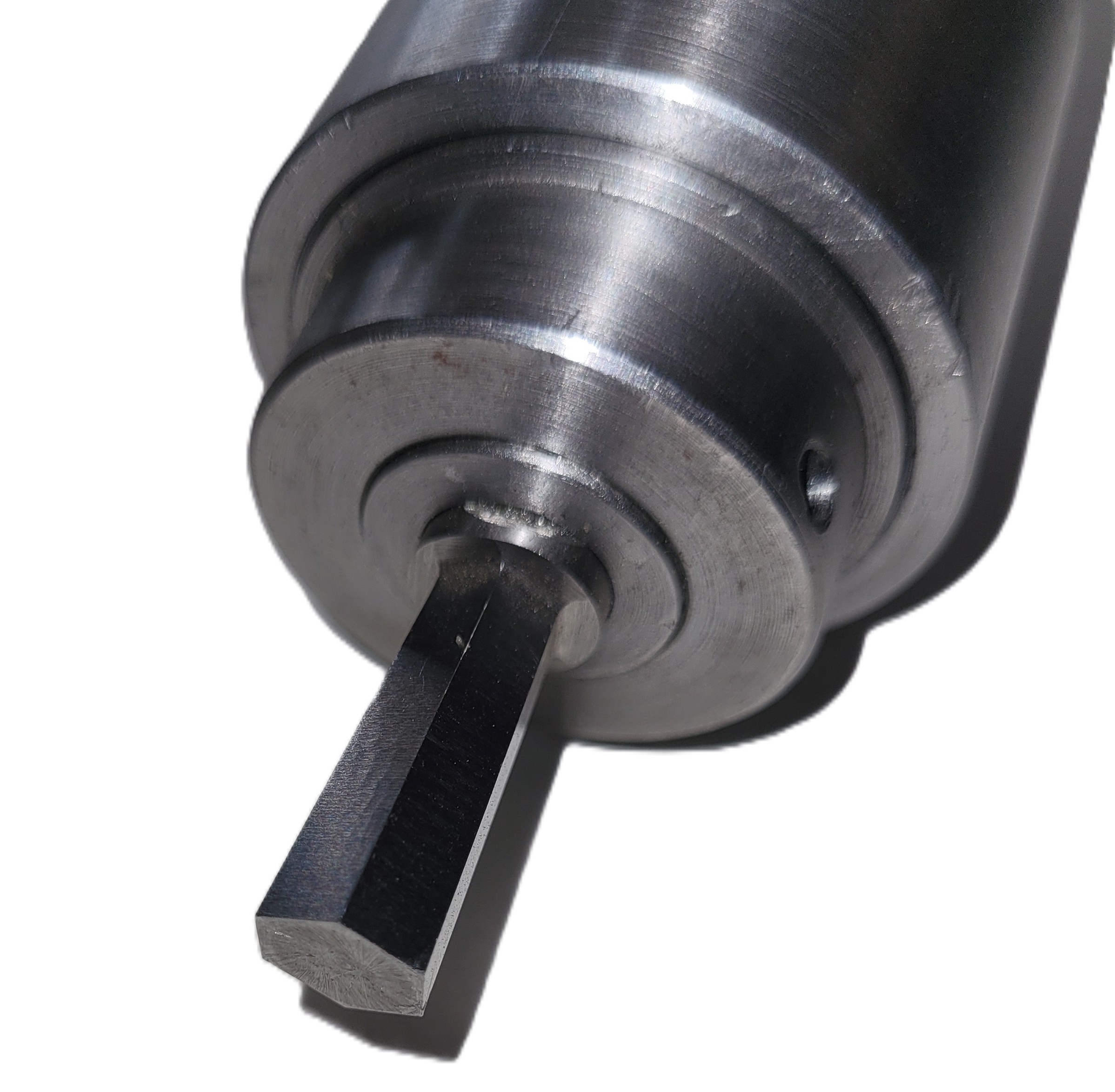
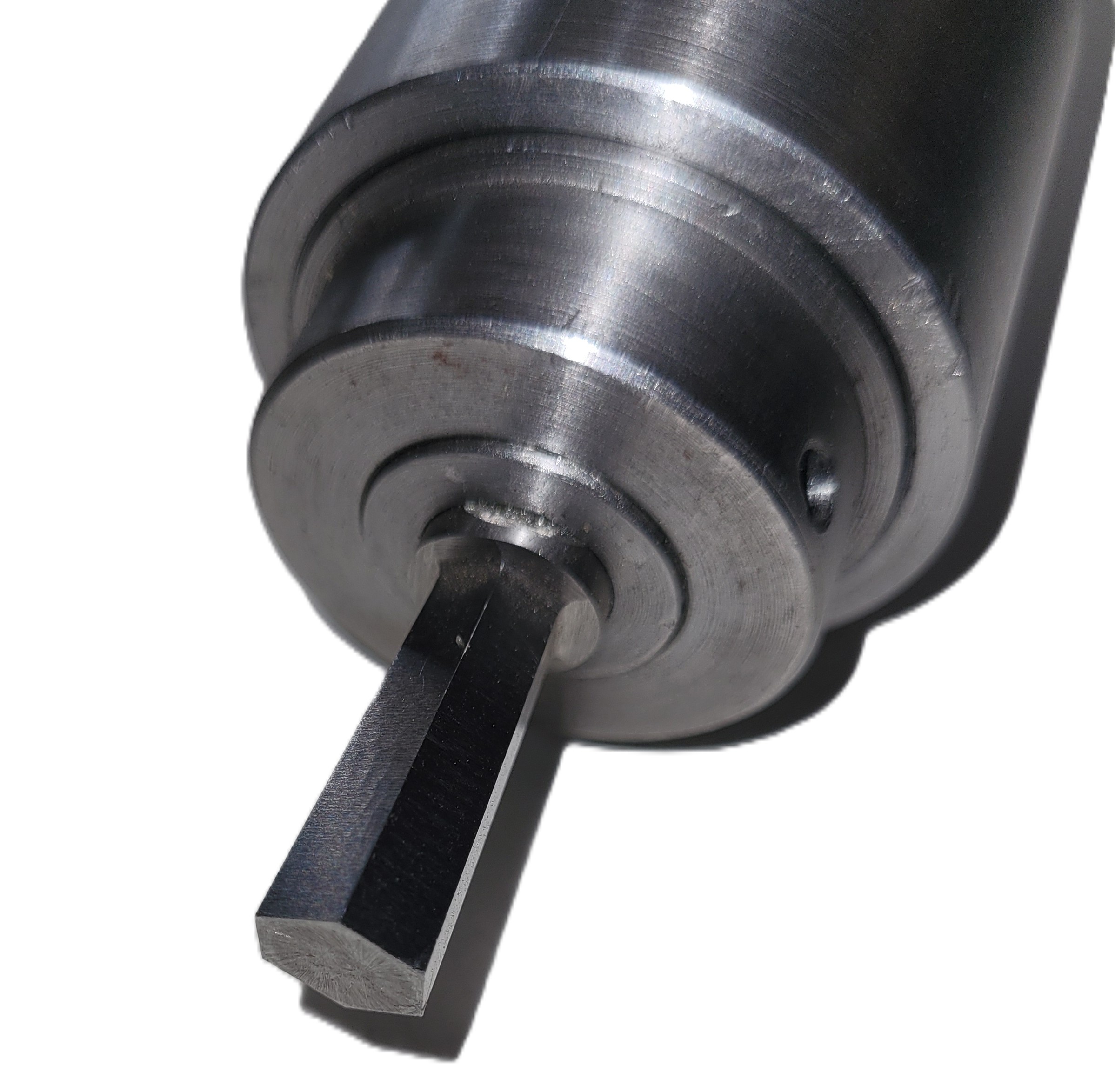
.svg)